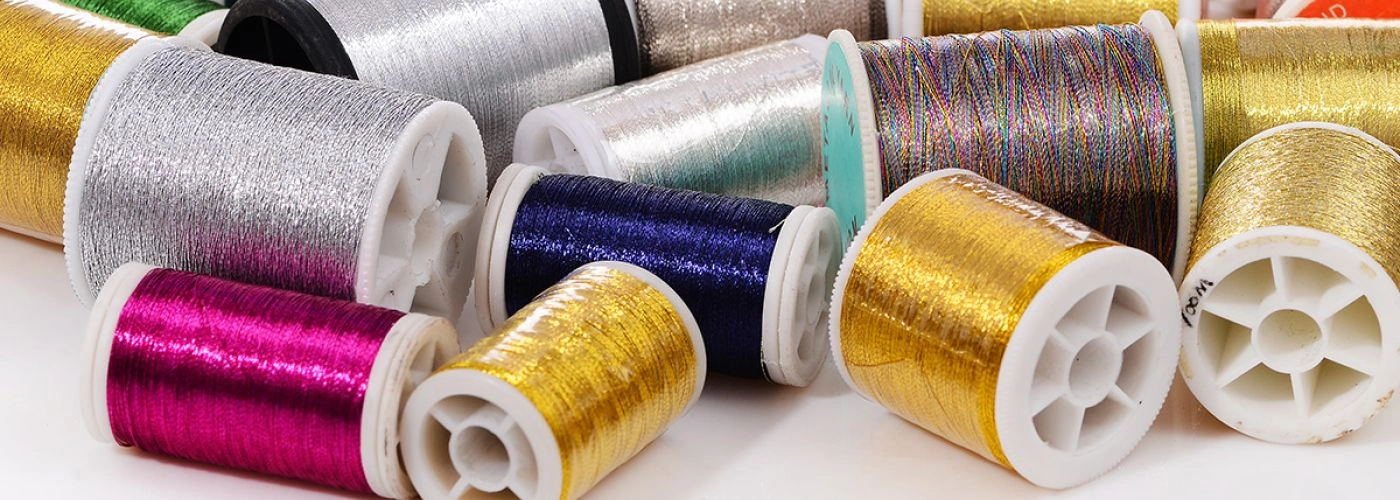
5 Essential Tips for Using Metallic Embroidery Machine Thread
Metallic thread creates stunning, eye-catching embroidery designs that shimmer with professional elegance. However, many crafters and manufacturers struggle with frequent thread breakage, tension issues, and inconsistent stitch quality when working with metallic embroidery machine thread. These challenges can be frustrating, often discouraging embroiderers from achieving the luxurious finish that metallic threads provide. Still, while metallic threads can be frustrating, finding a good thread can make the experience wonderful.
Machine embroidery with metallic thread requires specific techniques and adjustments to achieve optimal results. The unique properties of metallic threads—including their textured surface and different flexibility compared to standard polyester threads—demand careful consideration of equipment settings, handling methods, and preparation techniques. With the right techniques and materials, there is hope that users will have a more enjoyable and successful experience with metallic embroidery machine thread.
This comprehensive guide presents five proven strategies to master metallic thread embroidery, ensuring smooth operation and professional-quality results for both commercial production and creative projects.
Introduction to Machine Embroidery with Metallic Threads
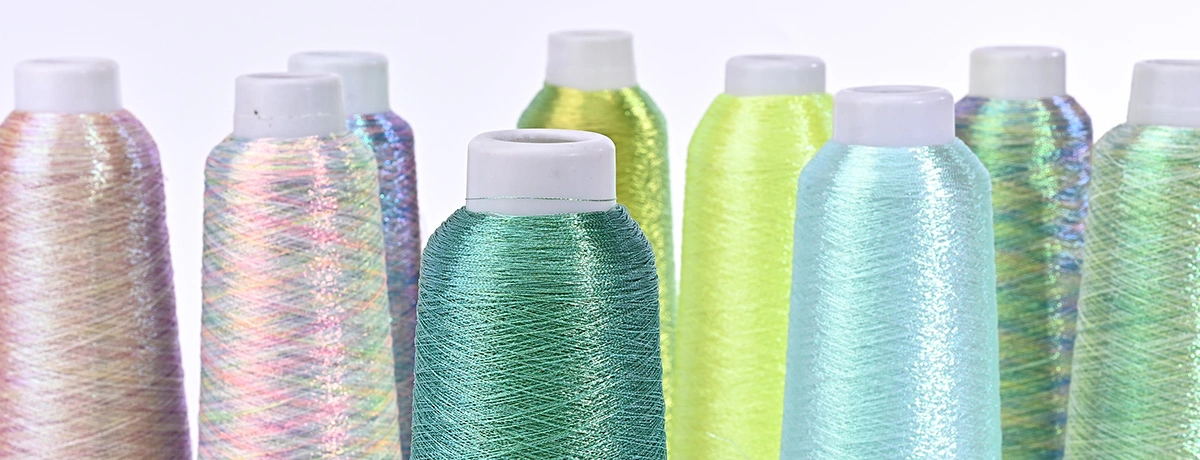
Machine embroidery with metallic threads is a fantastic way to add sparkle and dimension to your creative projects, whether you’re working on fashion pieces, home décor, or eye-catching promotional items. Metallic threads, including superior metallics, are specially designed to create sophisticated embellishments that shimmer and shine, instantly elevating the look of any embroidery. When you incorporate metallic threads into your embroidery, you can achieve effects that are both surprising and elegant, making your designs truly stand out.
Understanding the basics of machine embroidery and the unique characteristics of metallic threads is key to success. While metallic threads can sometimes be associated with frustration due to their delicate nature, the right techniques and materials can make embroidering with metallics straightforward and enjoyable. With a little preparation and the right approach, you’ll be able to add sparkle to your projects and create stunning results with minimal hassle.
Understanding Metallic Threads
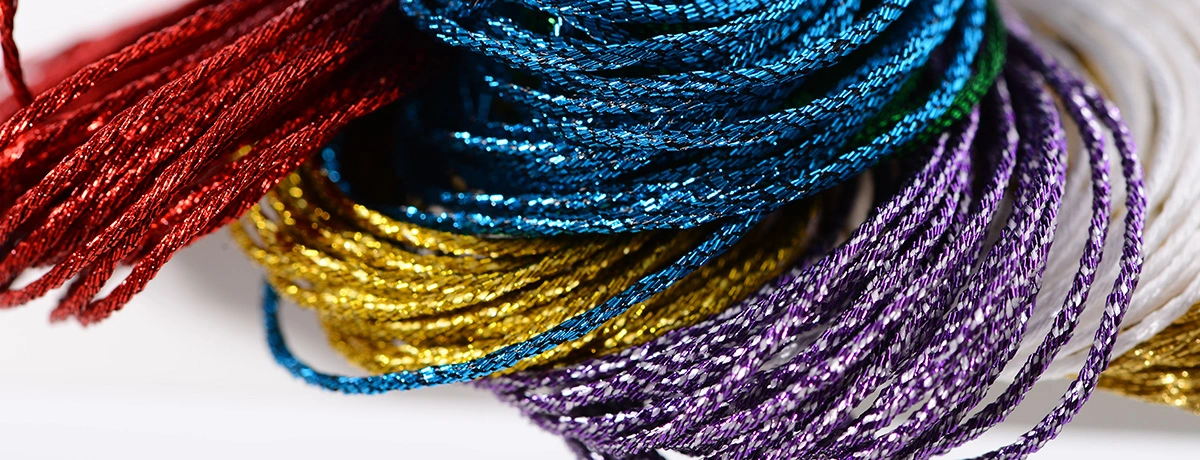
Metallic threads are engineered differently from standard embroidery threads, giving them their signature shine and durability. These threads are constructed from thin strands of metal foil, which are adhered to a film and then wrapped around a strong nylon core. This unique construction is what allows metallic threads to catch the light and add a dazzling effect to your embroidery projects.
However, the same features that make metallic threads so beautiful can also make them more challenging to work with. The thin, wrapped strands are more prone to twisting, fraying, and breakage, especially when used at high speeds on embroidery machines. To minimize these issues, it’s important to use a needle with a larger eye and a deeper groove, which helps reduce friction and stress on the thread as it passes through the fabric. Adjusting your thread tension to a slightly lower setting than you would use for polyester or rayon threads can also help prevent breakage and ensure smooth, even stitching. By understanding how metallic threads are constructed and making thoughtful adjustments to your embroidery machine, you can achieve beautiful, consistent results without unnecessary frustration.
Choosing the Right Fabric for Machine Embroidery
Selecting the right fabric is a crucial step when working with metallic threads in machine embroidery. The fabric you choose needs to be able to handle the stitching process and support the weight and texture of metallic thread. Popular choices include cotton, polyester, and fabric blends, as these materials generally provide a stable base for embroidery and work well with a variety of threads.
It’s important to consider the thickness, texture, and stability of your chosen fabric. Delicate or stretchy fabrics may require extra support, such as interfacing or a tear-away backing, to prevent distortion or thread breakage during stitching. On the other hand, thicker fabrics like denim or leather can handle metallic threads well but may need specialized needles and threads, such as FS 30, to ensure secure stitching and minimize the risk of broken needles or thread breaks. By matching your fabric to your project’s needs and the properties of metallic threads, you’ll set yourself up for embroidery success.
Designing for Metallic Thread Embroidery
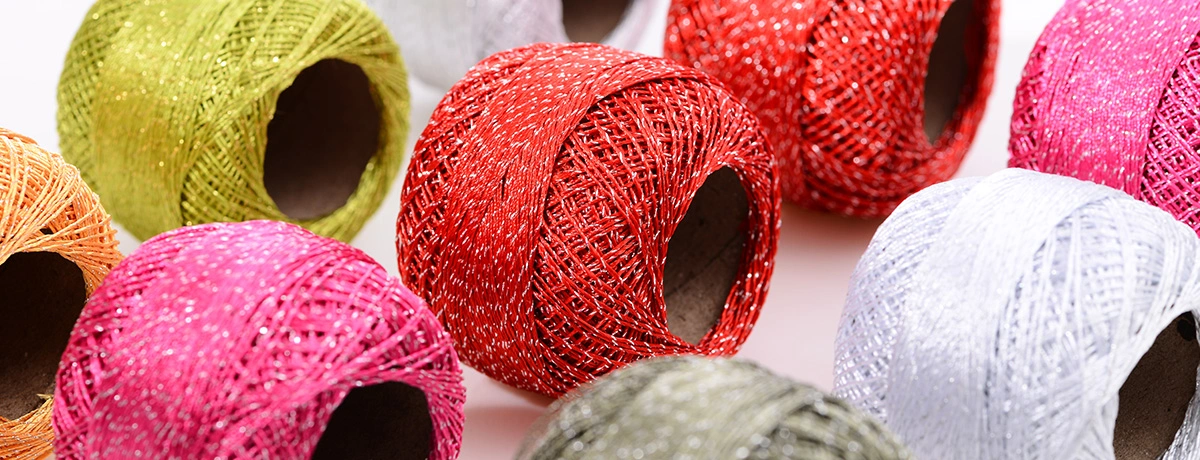
When designing for metallic thread embroidery, it’s essential to consider both the unique qualities of metallic threads and the overall look you want to achieve. Metallic threads can add a luxurious, eye-catching element to your designs, but using them thoughtfully is key to creating a harmonious result. Too much metallic can overwhelm a design, while strategic accents can add just the right amount of sparkle and sophistication.
To create visually appealing embroidery, try balancing metallic threads with other types, such as polyester threads like Superior Magnifico, to add depth and interest. Pay attention to stitch length, density, and direction—shorter stitches can help prevent fraying and breakage, while varying stitch direction can enhance the reflective qualities of metallics. By carefully planning your design and considering how metallic threads will interact with other elements, you can create embroidery pieces that showcase both your creativity and your technical skill.
Tip 1: Select High-Quality Metallic Thread for Optimal Performance
Thread quality significantly impacts embroidery success. The best metallic thread for machine embroidery features a flexible polyester core wrapped with genuine metallic film, providing durability without sacrificing the desired shimmer effect. Choosing a good thread is essential for consistent results, as it ensures strength, smooth stitching, and a professional finish.
Premium metallic threads offer superior tensile strength and consistent diameter throughout the spool. Fine metallic threads are especially suitable for detailed embroidery work, allowing for intricate designs and precise details. These characteristics reduce breakage and ensure even stitch formation. Lower-quality alternatives often use brittle metallic coatings that crack under tension or have irregular thickness that causes feeding problems.
The best metallic embroidery thread brands manufacture their products with specialized processes that bond metallic elements securely to the core fiber. Silver and gold metallic threads are available and are prized for their premium qualities, such as high shine, durability, and luxurious appearance. This construction method prevents the metallic coating from separating during high-speed embroidery operations. Professional embroiderers consistently choose threads with proven track records for reliability and color fastness.
When evaluating metallic threads, examine the spool for consistent winding and smooth texture. Check the thicknesses of metallic threads, as different thicknesses (such as #4, #8, and #16 braids) impact durability and appearance. Cones are often used for larger projects, and quality threads feel supple when handled and maintain their metallic luster without flaking or shedding excessive particles during unwinding.
Tip 2: Optimize Needle Selection and Tension Settings
Proper needle selection eliminates many common metallic thread problems. Metallic needles feature enlarged eyes and specialized coatings that reduce friction during stitching. Topstitch needles also work effectively due to their larger eye design and sharp points that penetrate fabric cleanly.
Needle size should match the thread weight, fabric thickness, and the different thicknesses of metallic threads. For example, size 90/14 needles accommodate most metallic threads, while heavier threads or thicker metallic thread thicknesses may require size 100/16 needles. Replace needles frequently when working with metallic threads, as their abrasive properties dull points faster than standard threads.
Tension adjustments prevent thread distortion and breakage. Reduce upper tension by 10-20% from standard polyester thread settings. Test different tension levels on fabric scraps before starting production runs with high tenacity sewing thread. Proper tension produces even stitches without puckering or loose loops on the fabric reverse.
Bobbin tension typically requires minimal adjustment when using quality metallic thread. However, check that the bobbin case threading path remains smooth and free from burrs or rough spots that could snag delicate metallic fibers.
Tip 3: Reduce Machine Speed for Better Control
Slower embroidery speeds dramatically improve metallic thread performance. High-speed operation generates excessive heat and friction that weakens metallic coatings and increases breakage rates. Optimal speeds range from 400-600 stitches per minute, depending on design density and thread weight.
Speed reduction allows metallic thread embroidery machine operators to maintain better control over stitch quality and catch potential problems before they cause significant damage. Dense designs with numerous color changes benefit most from reduced speeds, as frequent stops and starts stress metallic threads.
Machine manufacturers often provide speed recommendations for specialty threads in their user manuals. Follow these guidelines while making adjustments based on specific thread brands and design requirements. Document successful speed settings for different metallic threads to streamline future projects.
Temperature control becomes more critical at reduced speeds due to extended exposure times. Ensure adequate ventilation around the embroidery area and monitor thread condition throughout long production runs.
Tip 4: Implement Proper Spool Setup and Storage Methods
Correct spool positioning prevents many feeding issues associated with metallic threads. Vertical spool pins allow smooth unwinding without creating twist or tension buildup. For large quantities of metallic thread, use cones and position the cone on a vertical pin or cone thread holder so the thread unwinds over the top, which helps prevent tangling and ensures consistent tension. Horizontal pins can cause metallic threads to bind or unwind unevenly, leading to breakage.
Thread path alignment requires careful attention when setting up metallic embroidery machine thread. Metallic threads can curl or twist off the spool or cone, which may cause knots or tangling. Proper setup and alignment help manage curl and twists, ensuring smooth thread passes through the machine without snagging or breaking. Ensure all guides and tension discs remain properly aligned to prevent side loading that could damage metallic coatings. Remove any sharp edges or burrs from the thread path that could snag or cut delicate metallic fibers.
Storage conditions affect metallic thread performance significantly. Keep spools in temperature-controlled environments away from direct sunlight and excessive humidity. UV exposure degrades metallic coatings, while humidity can cause core fibers to swell and create feeding problems.
Dust accumulation on thread guides and tension mechanisms increases friction and wear. Clean these components regularly using appropriate solvents and lubricants recommended by the machine manufacturer. Regular maintenance prevents premature thread deterioration and extends equipment life.
Tip 5: Use Appropriate Stabilizers and Conduct Test Runs
Stabilizer selection critically impacts how to embroider with metallic thread successfully. Metallic threads perform best with firm, consistent backing that prevents fabric movement during stitching. Tear-away stabilizers work well for most applications, while cut-away types provide superior support for stretchy fabrics.
Multiple stabilizer layers may be necessary for dense designs or lightweight fabrics. However, excessive stabilization can create stiffness that interferes with thread feeding. Balance stabilizer quantity with design requirements through systematic testing.
Test runs identify potential problems before committing to full production. Embroider small sections of complex designs using actual production materials and settings. This process reveals tension issues, speed limitations, or stabilizer inadequacies that could cause problems during full-scale production.
Document successful combinations of thread, needle, stabilizer, and machine settings for future reference. Creating detailed records reduces setup time for repeat orders and ensures consistent quality across production runs.
Troubleshooting: Solutions When Metallic Embroidery Thread Keeps Breaking
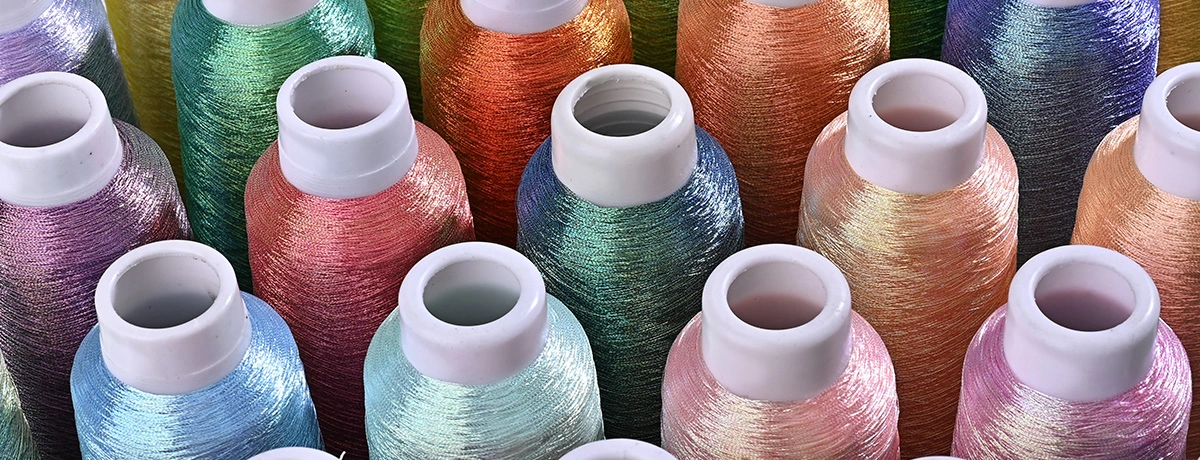
Thread breakage typically results from multiple contributing factors rather than single issues. Systematic troubleshooting identifies root causes and prevents recurring problems. Break and knot issues are common with metallic threads and can be especially frustrating for users, as these threads are prone to twisting, tangling, and sudden failures.
Rethread the entire machine when breakage occurs, ensuring proper routing through all guides and tension mechanisms. Metallic threads can develop weak spots that cause failures even after successful rethreading, so use fresh thread from the spool rather than attempting to reuse broken sections.
Needle replacement should be the first step in troubleshooting persistent breakage. Dull or damaged needles create excessive friction and heat that weakens metallic coatings. Install fresh needles before adjusting other machine parameters.
Inspect the bobbin case and surrounding areas for rough spots, thread buildup, or mechanical damage. Small burrs or accumulated lint can catch metallic threads and cause sudden breaks. Clean and polish these areas using appropriate tools and techniques.
Thread path obstructions often develop gradually as metallic particles accumulate in guides and tension discs. Complete machine cleaning may be necessary to restore smooth operation after extended metallic thread use. The thread industry continues to innovate to address these challenges, but users still report mixed experiences with metallic embroidery machine thread.
Achieving Professional Results with Metallic Thread Embroidery
Mastering machine embroidery with metallic thread requires patience, attention to detail, and a systematic approach to equipment setup and maintenance. These five essential tips provide the foundation for successful metallic thread applications across various embroidery projects. Metallic thread can add bling and shimmer to quilts, hand embroidery, and sewing projects, making each project stand out with eye-catching detail.
Quality thread selection, proper equipment configuration, appropriate speed settings, careful spool handling, and thorough testing combine to create the conditions necessary for professional-grade metallic embroidery. A well-stitched project can be showcased in a picture, highlighting the beauty and durability of your work—imagine the possibilities when you incorporate metallic threads into your designs. Regular practice with these techniques builds proficiency and confidence in handling challenging metallic thread applications.
Ready to elevate your embroidery projects with premium metallic threads? Shop our collection and consider making a purchase to enhance your next project. MH offers professional-grade metallic embroidery threads engineered for reliability and superior performance. Contact us to Inquire Now and Start Creating stunning metallic embroidery designs that meet the highest quality standards.
Watch our video tutorial on metallic embroidery to see how you can finally achieve professional results with every project.
 Whatsapp:
Whatsapp: